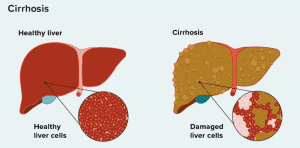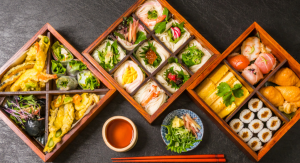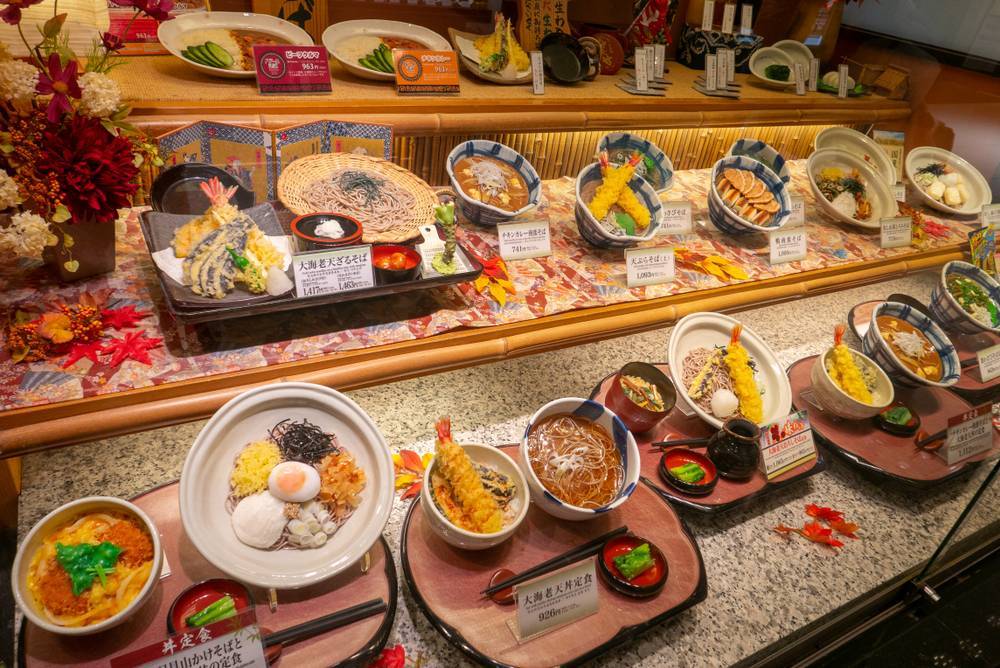Recently, a group of scientists in Japan has concluded that the Japanese diet can slow the progression of Non-Alcoholic Fatty Liver Disease (NAFLD) to liver cirrhosis – the permanent non-reversible state of liver scarring and loss of function.
What is NAFLD?
Non-alcoholic fatty liver disease, or NAFLD, is a condition where there is an accumulation of excess fat in the liver of people who do not consume excessive amounts of alcohol. NAFLD can range from a simple fatty liver, where there are no significant symptoms, to non-alcoholic steatohepatitis (NASH), which can cause inflammation and damage to the liver cells. NAFLD is typically associated with metabolic disorders such as obesity, type 2 diabetes, high blood pressure, and high cholesterol levels. Like most other chronic liver conditions, symptoms of NAFLD can include fatigue, abdominal discomfort like bloating and a sense of fullness, as well as jaundice, although many people with the condition have no noticeable symptoms. Unfortunately, most non-infective chronic liver conditions have no cure available. Lifestyle modifications and symptom controls could halt the disease progression to liver cirrhosis – the end-stage liver scarring and failure which the only possible treatment would be a transplant.

What does the Japanese diet include?
It’s hard to summarise the Japanese diet in a short paragraph, but overall, it is a whole foods-based diet consisting primarily of fish (both raw and cooked), seafood, and plant-based foods such as steamed vegetables and soybeans. It is low in processed animal protein, refined sugars, and fat: all of which contribute to poorer health, particularly poor cardiovascular health.
A typical Japanese meal may consist of the following dishes:
- Rice: A bowl of steamed Japanese short-grain rice is a staple of almost every meal.
- Miso soup: A savoury soup made with miso paste, dashi broth, and various ingredients such as tofu, seaweed, and green onions.
- Grilled fish: A piece of grilled fish, such as salmon or mackerel, is a common protein source in Japanese cuisine.
- Tempura: Deep-fried seafood or vegetables, lightly coated in batter.
- Tsukamoto: Assorted pickled vegetables, often served as a side dish.
- Yakitori: Grilled skewered chicken, marinated with a savoury sauce made from soy sauce, mirin, and sugar.
- Tofu: A traditional Japanese food made from soybeans, which can be served in various ways such as in miso soup or stir-fried with vegetables.
- Seaweed salad: A salad made from different types of seaweed, often mixed with sesame oil, soy sauce, and vinegar.

What does the study say?
The researchers in the study recruited 136 patients with NAFLD. The severity of liver fibrosis was assessed using an index system. Patients’ dietary status was assessed using the 12-component modified Japanese diet pattern index (mJDI12). The mJDI12 showed significant positive associations with protein, potassium, magnesium, iron, folate, vitamin C, β-carotene, α-tocopherol, and dietary fibre intake. mJDI12 is also associated with significantly lower odds of having a higher liver cirrhosis index score, indicating a much less likelihood of progressing to permanent liver damage from NAFLD.
Conclusion
Other than slowing down NAFLD progression, there are many other benefits like reducing the risk of cardiovascular disease, and type 2 diabetes, preventing obesity, improving gut heath, and lower rates of certain types of cancer. Japanese restaurants can be found in most Asian countries and all over the world. If you haven’t tried them, go to your local ones and try them out today!

